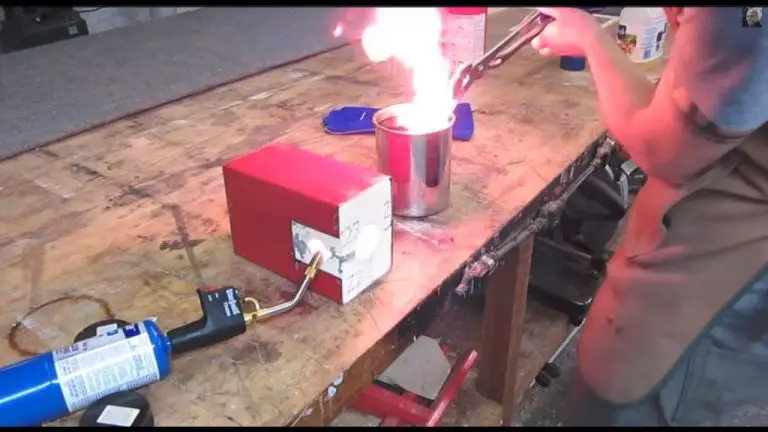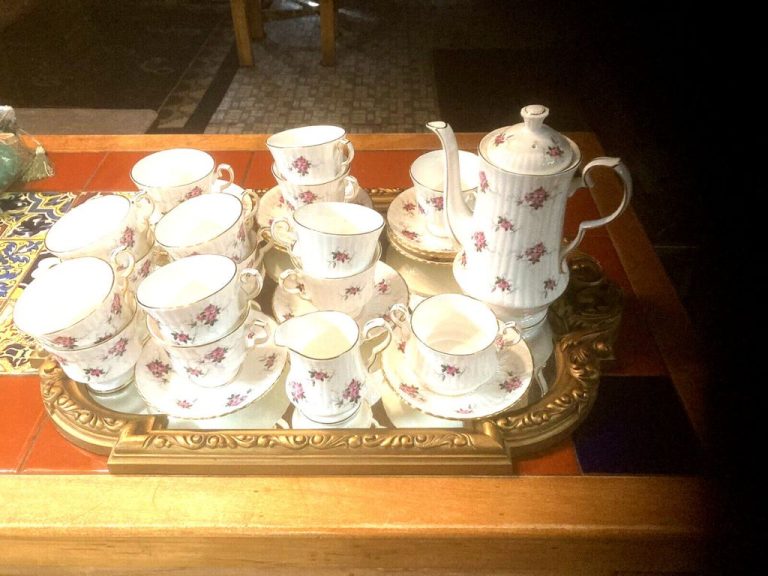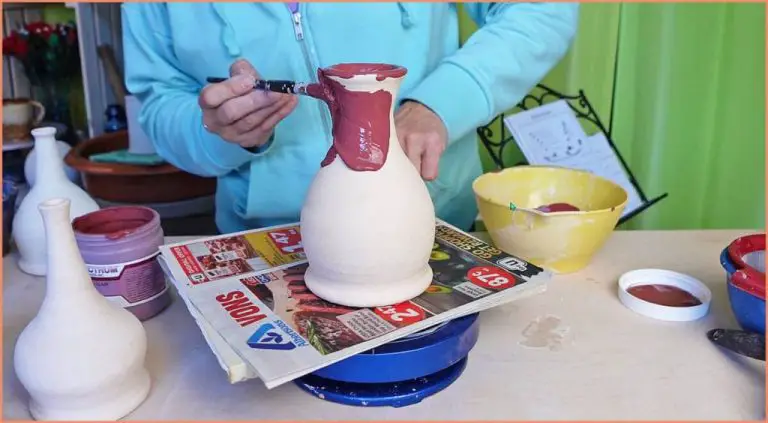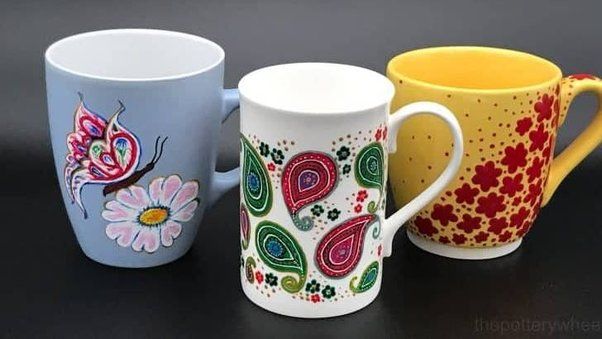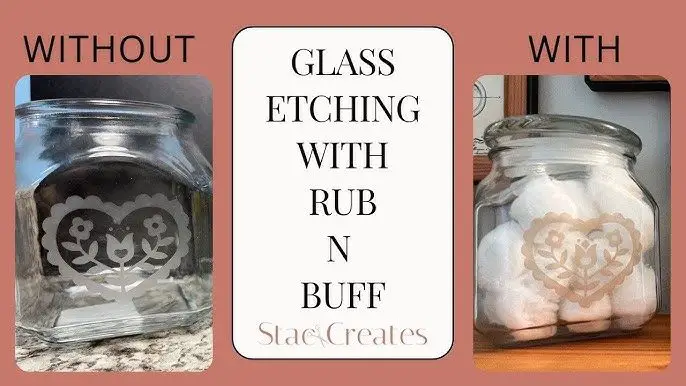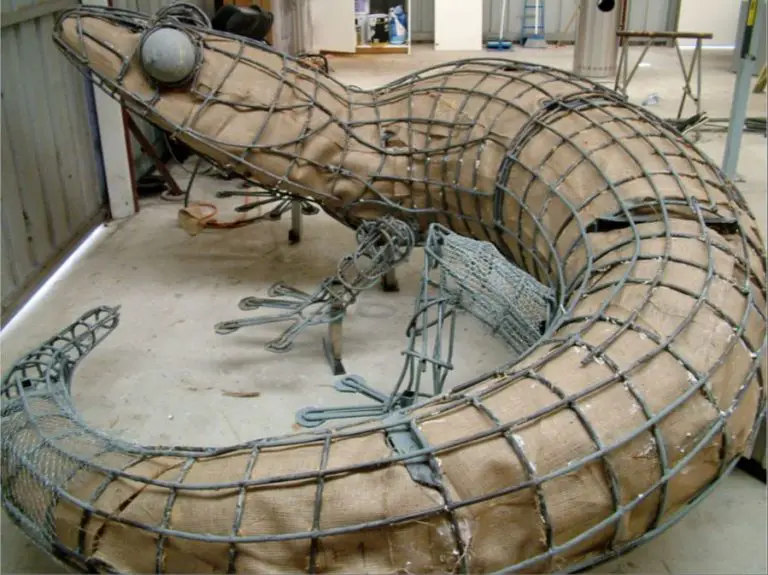Are Olympic Kilns Any Good?
Olympic kilns are a popular brand of electric and gas-fired kilns used for firing ceramics, glass, and other materials. Founded in 1972 in Seattle, Washington by Bob Haugen, Olympic Kilns has grown into one of the most well-known kiln manufacturers for hobbyists and artists (Our History – Electric, Gas, and Glass Firing Kilns). The company offers a range of kiln models and sizes for various applications, from small tabletop kilns to large industrial kilns (About Olympic Kilns – Electric, Gas, and Glass Firing Kilns).
Olympic kilns are known for their durability, quality construction, and reliable performance. Key features include thick insulation for efficiency, heavy-duty elements, and digital controllers for programming customizable firing profiles. These characteristics make Olympic popular among ceramic artists, hobby potters, glass workers, and others needing electric or gas kilns. The company has grown from its roots in the Pacific Northwest to become a leading kiln brand across North America and beyond (Olympic Kilns: Home – Electric, Gas, and Glass Firing Kilns).
Pros of Olympic Kilns
Olympic kilns are popular among ceramic artists and hobbyists for good reason. They offer several key benefits that make them a top choice for many:
Even Heat Distribution
Olympic kilns are designed to distribute heat evenly throughout the interior. The combination of insulation and firing elements ensures the temperature remains consistent in all areas inside the kiln. This allows pieces to be fired uniformly without hot or cold spots.
Energy Efficiency
The durable insulation helps retain heat efficiently once the kiln is at temperature. This allows Olympic kilns to fire at lower wattages than other kilns of comparable size, saving on electricity usage.
Durability and Longevity
Olympic kilns are built from high-grade materials like brick and ceramic that can withstand repeated high-temperature firings. With proper care and maintenance, these kilns can last for decades of frequent use.
Easy to Operate and Maintain
Olympic kilns come with user-friendly digital controllers that make firing programs easy to set. Their simple design with minimal moving parts also makes them relatively low maintenance compared to other kilns.
Good for Beginners
The combination of affordability, durability, and ease of use makes Olympic kilns a great entry-level choice for beginners looking to start firing ceramics.
Cons of Olympic Kilns
While Olympic kilns are known for their quality and performance, they do have some downsides to consider (Source 1):
High upfront cost – Olympic kilns are more expensive than many comparable models, with prices starting around $500 for a basic manual model and going up significantly from there. The high-end computerized models can cost thousands of dollars (Source 2). The premium pricing may put them out of reach for hobbyists or small studios on a budget.
Large footprint – Even the smaller Olympic kilns take up a decent amount of floorspace. The larger models have very substantial footprints and may require a dedicated space or room. Ensure you have adequate space before purchasing.
Limited size options – Olympic offers around a dozen kiln models ranging from 10 cubic feet up to 29 cubic feet capacity. While this offers a decent range, other manufacturers offer even more size options. If you need a very small or very large kiln, Olympic may not have what you need.
Not ideal for large scale production – The design and pricing of Olympic kilns makes them better suited to individual artists, small studios, schools, and hobbyists rather than high-volume production facilities. The capacity and throughput may be limiting for large scale work.
Heat Distribution
Olympic kilns feature a carefully designed firebrick and insulation system to promote excellent heat distribution and efficiency. The firebricks are high alumina bricks rated to cone 10, with a thickness of 2-1/2″ on the sides and 3″ on the top and bottom. This allows the kiln to retain and distribute heat effectively.
The insulation is 1″ – 2″ of ceramic fiber wrap rated to 2300°F, which helps minimize heat loss and aids heat retention. Olympic kilns also have ventilation ports and peepholes that allow heat circulation and viewing of the contents.
For gas-fired Olympic kilns, the burner system and ventilation plays a key role in heat distribution. The kiln uses ribbon burners on the sides or bottom to heat the space evenly. The induced draft fan pulls air and combustion gases through the system, improving temperature consistency (Olympic Kilns). Adjustable vents allow further control over airflow and heat.
Ease of Use
Olympic Kilns scores high when it comes to ease of use. Their kilns feature intuitive controls and settings that allow for precise adjustments during the firing process. The large capacity electric kilns, for example, come with multiple controllers to choose from, including the Bartlett 3-Key PID and the DynaTrol. These make it simple to program custom ramps and holds.
The shelving system is another well-designed element that adds to the overall usability. Shelves can be easily adjusted and multiple layers added as needed to accommodate large loads. The shelves themselves are sturdy and durable.
Versatility is another key ease of use factor. Most Olympic Kilns models give you the option to fire with either propane or electricity. This allows you to choose the fuel source that makes the most sense based on your situation and needs.
Durability
Olympic kilns are known for their durability and ability to withstand high firing temperatures for decades with proper care and maintenance. They use high quality materials like firebrick and ceramic fiber insulation that can resist heat stress and thermal shock. According to Olympic Kilns’ website, their warranty covers the kiln firing chamber for 10 years and they claim the brick and element holders can last over 20 years with the elements needing replacement every 2-3 years on average.
Reviews on forums like Ceramic Arts Daily mention Olympic kilns lasting 15-20 years and praise their durability. The heavy gauge stainless steel exteriors also make Olympic kilns sturdy and long-lasting. Proper ventilation and maintenance like replacing elements and using kiln wash on the interior will help extend the kiln’s lifespan. Overall, the quality materials and construction allow Olympic kilns to fire at the high temperatures needed for pottery, ceramics and glasswork while withstanding constant heating and cooling cycles.
Limitations
One limitation of Olympic kilns is the small chamber size. The largest model, the Raku Kiln, has an internal chamber of only 27” wide x 27” deep x 27” high (according to the operating manual). This restricts the size of pieces that can be fired. Larger sculptures or production quantities would require a bigger kiln chamber.
There are also few customization options available. Olympic kilns have set dimensions and power supplies. The only add-ons are vents, peepholes, and furniture kits. You cannot customize the shape, heating elements, or electronics. Customizations are only available on certain large models (according to the glass kiln manual).
The lack of customizability and small size means Olympic kilns cannot be used for large-scale production. They are designed for individual artists and small studios firing smaller pieces. The kilns would not be suitable for a high-volume ceramic factory or glassmaking operation.
Cost Analysis
Olympic kilns require a high upfront investment compared to other kiln types like homemade or used kilns. New Olympic kilns typically range from $1,500 to over $10,000 depending on the model and size (https://www.olympickilns.com/resources/catalogs-and-price-lists/). However, Olympic kilns are built to last for decades with proper care and maintenance. The durable construction and high-quality materials lead to excellent energy efficiency and low operating costs over the lifetime of the kiln.
In the long run, an Olympic kiln can be more cost effective than a used or DIY kiln that may require frequent repairs or be inefficient at holding heat. Olympic kilns are designed for optimal heat distribution and minimal heat loss thanks to features like their QuadraFire element holders and Quadrant brick arch. The energy savings over time help offset the initial investment.
Compared to other top kiln brands like Skutt or Evenheat, Olympic kilns are very competitively priced while maintaining exceptional quality and performance. Many glass artists and ceramicists believe the long-term savings are worth the premium price for the value that an Olympic kiln provides over its usable lifetime.
Ideal Users
Olympic kilns are well-suited for certain users including:
Hobbyists and artists – Olympic kilns like the Olympic LT-3K are an affordable option for hobby potters or artists looking to fire smaller volumes of ceramic work. The electric kilns heat up quickly and evenly for shorter firing cycles.
Schools and studios – Many art schools and studios choose Olympic kilns for their durability, ease of use, and quality results. Gas kilns like the Olympic Gas Kiln 2314 can handle frequent studio use.
Those firing smaller volumes – The compact size and capacity of many Olympic kilns make them a good fit for individuals or organizations firing smaller batches of ceramics. Models like the Olympic 1823 work well when large kiln size is not needed.
Conclusion
Olympic kilns offer several benefits that make them a great choice for potters and artists needing a reliable, quality kiln. They provide excellent heat distribution for uniform firing results thanks to their oval shape and side elements. The digital controls also make Olympic kilns straightforward to program and operate. These kilns are built to last with their thick firebrick walls able to withstand repeated firings. However, Olympic kilns do come with a higher price tag than some competitors. The cost may put them out of reach for hobbyists or studios on a tight budget.
For potters and artists who fire frequently and want consistent, precision firings over many years, Olympic kilns are an excellent investment. Their quality construction ensures they will hold up well even with heavy use. The added cost upfront pays off over time with lower maintenance needs and repairs. While the price makes them less accessible, those able to afford an Olympic kiln are rewarded with reliable performance and beautiful results for all their ceramic work.

